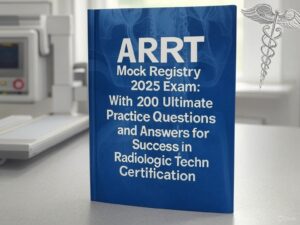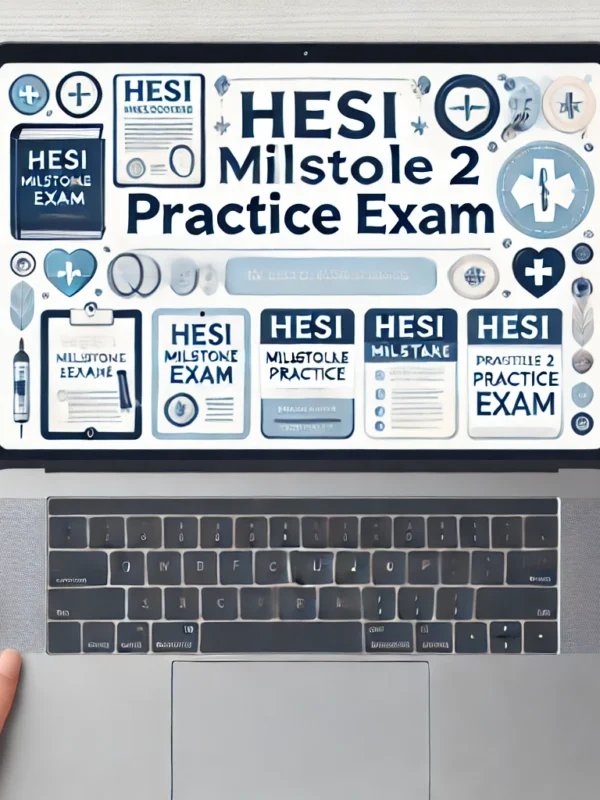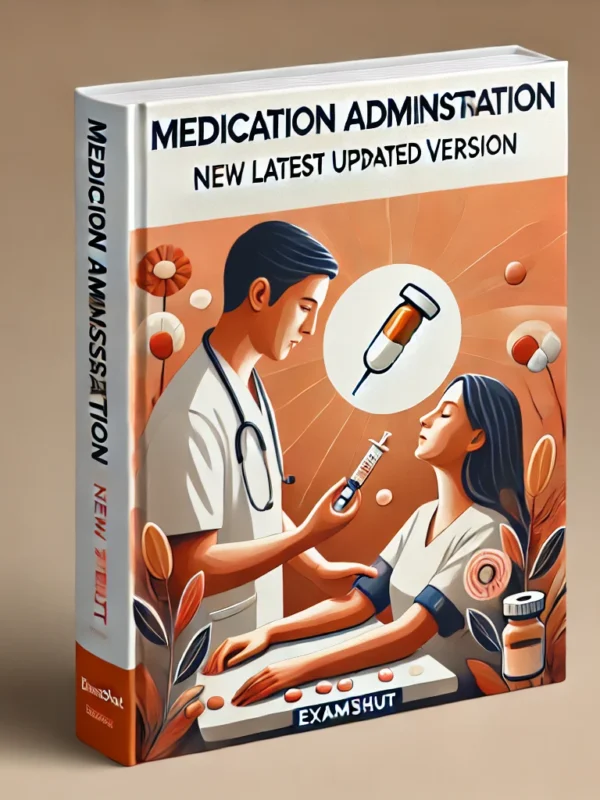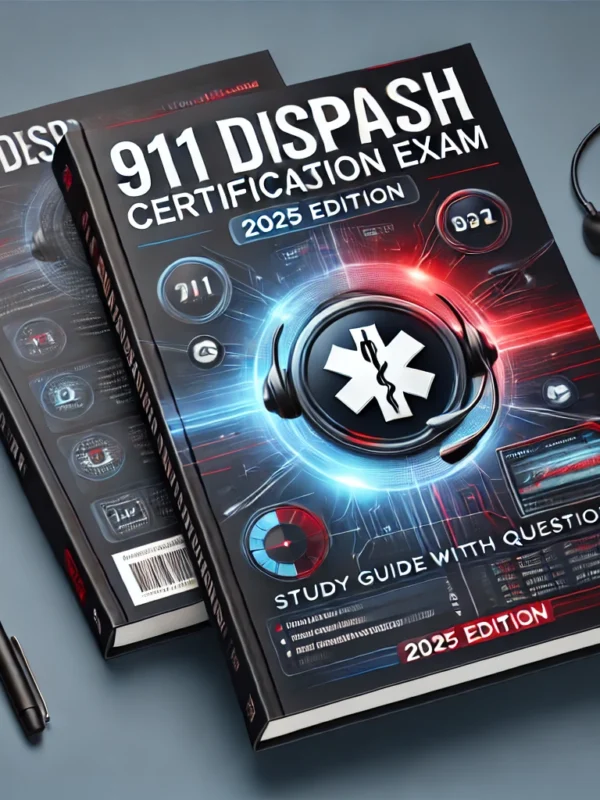Prepare with confidence for the ARRT Registry Exam 2025 with this comprehensive mock exam resource, meticulously designed for aspiring radiologic technologists seeking certification success. This robust study tool features 200 ultimate practice questions that mirror the exam’s format and content, covering critical areas such as patient care, safety, image production, and radiologic procedures. Each question is paired with detailed answers and in-depth explanations, enabling candidates to master complex concepts, refine clinical reasoning, and enhance test-taking proficiency. Fully aligned with the 2025 ARRT content specifications, this guide integrates the latest standards in radiologic technology and includes strategic tips for time management and tackling challenging question types. Ideal for students and professionals aiming to excel in their certification and advance their careers in radiologic technology, this mock exam is an essential companion for achieving high scores and professional excellence.
Preview
1. If a radiographic image is produced of a patient’s body part and the radiographer
did not collimate as closely as would be preferred, prior to the exposure, the
radiographer should do which of the following during post-processing of the image?
A) Use digital masking (shuttering) on the image prior to sending it to the radiologist
B) Leave all exposed areas of anatomy visible on the image sent to the radiologist
C) Repeat the projection with optimal collimation, then submit it to the radiologist
D) Use the smoothing function to eliminate scatter fog in the image prior to submitting it
to the radiologist
Correct answer: B) Leave all exposed areas of anatomy visible on the image sent to
the radiologist
Rationale: It is important to leave all exposed areas visible to ensure the radiologist can
accurately assess the entire anatomy. Masking areas should not be used to obscure the
anatomy, as it could hide important details.
2. Which of the following is a legal doctrine that may apply in a medical malpractice
case in which negligence would be obvious to any reasonable person?
A) Respondent superior
B) Tort
C) Res Ipsa loquitor
D) Attribution
Correct answer: C) Res Ipsa loquitor
Rationale: “Res Ipsa loquitor” translates to “the thing speaks for itself” and is applied in
cases where negligence is apparent based on the nature of the incident, without
needing further explanation.
3. Images recorded as part of a radiographic exam are legally a part of the patient’s
medical record and are the property of what individual or entity?
A) The patients
B) The institution in which they are performed
C) The interpreting radiologist
D) The ordering physician
Correct answer: B) The institution in which they are performed
Rationale: Radiographic images are considered property of the healthcare institution
that produced them, although the patient has the right to access the images.
4. Which of the following statements is true about the five stages of grieving, as
described by Dr. Elizabeth Kubler-Ross?
A) The five stages generally occur in order
B) When a person is in the denial stage, medical professionals should try to overcome
the denial by stating the truth
C) During the anger stage, it is possible that the person will take out anger on family or
healthcare professionals
D) Each person dealing with grief will experience all five stages at some point during the
grieving process
Correct answer: C) During the anger stage, it is possible that the person will take
out anger on family or healthcare professionals
Rationale: During the anger stage of grieving, individuals may direct their frustration
and anger towards those around them, including healthcare professionals.
did not collimate as closely as would be preferred, prior to the exposure, the
radiographer should do which of the following during post-processing of the image?
A) Use digital masking (shuttering) on the image prior to sending it to the radiologist
B) Leave all exposed areas of anatomy visible on the image sent to the radiologist
C) Repeat the projection with optimal collimation, then submit it to the radiologist
D) Use the smoothing function to eliminate scatter fog in the image prior to submitting it
to the radiologist
Correct answer: B) Leave all exposed areas of anatomy visible on the image sent to
the radiologist
Rationale: It is important to leave all exposed areas visible to ensure the radiologist can
accurately assess the entire anatomy. Masking areas should not be used to obscure the
anatomy, as it could hide important details.
2. Which of the following is a legal doctrine that may apply in a medical malpractice
case in which negligence would be obvious to any reasonable person?
A) Respondent superior
B) Tort
C) Res Ipsa loquitor
D) Attribution
Correct answer: C) Res Ipsa loquitor
Rationale: “Res Ipsa loquitor” translates to “the thing speaks for itself” and is applied in
cases where negligence is apparent based on the nature of the incident, without
needing further explanation.
3. Images recorded as part of a radiographic exam are legally a part of the patient’s
medical record and are the property of what individual or entity?
A) The patients
B) The institution in which they are performed
C) The interpreting radiologist
D) The ordering physician
Correct answer: B) The institution in which they are performed
Rationale: Radiographic images are considered property of the healthcare institution
that produced them, although the patient has the right to access the images.
4. Which of the following statements is true about the five stages of grieving, as
described by Dr. Elizabeth Kubler-Ross?
A) The five stages generally occur in order
B) When a person is in the denial stage, medical professionals should try to overcome
the denial by stating the truth
C) During the anger stage, it is possible that the person will take out anger on family or
healthcare professionals
D) Each person dealing with grief will experience all five stages at some point during the
grieving process
Correct answer: C) During the anger stage, it is possible that the person will take
out anger on family or healthcare professionals
Rationale: During the anger stage of grieving, individuals may direct their frustration
and anger towards those around them, including healthcare professionals.











Reviews
There are no reviews yet.